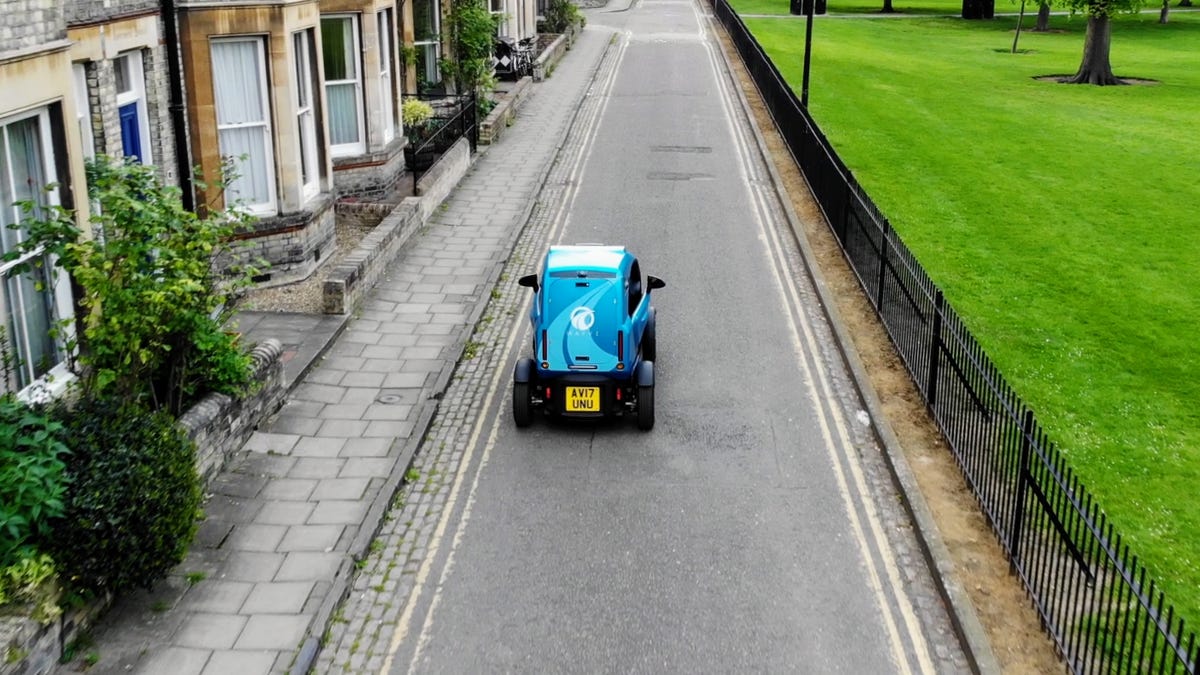An AI learnt to drive an autonomous car in 20 minutes
Like DeepMind and OpenAI, Wayve's new autonomous vehicle learns to drive using "reinforcement learning" to stay within a lane.

A team of researchers in the UK have taught an autonomous car to stay in its own damn lane in just 20 minutes -- an impressive feat considering I know a few human drivers that couldn't achieve that in their lifetime.
Road rage aside, the team at Wayve, a company founded by researchers from Cambridge University's Engineering Department detailed their "reinforcement learning" algorithm in a blog post on June 28. The algorithm, in tandem with a human safety driver, taught the car how to remain within a lane over a period of "15-20 minutes."
Reinforcement learning for AI has been shown to be highly effective before, with DeepMind Technologies showing it can learn how to play games such as Go or Chess and OpenAI showing that its AI plays 180 days worth of Dota 2 every single day.
While defeating human players in incredible complex games like Go or Dota 2 is certainly impressive, teaching a car to drive itself is another wheelhouse altogether.
The team posted a video to their YouTube channel showing the learning process in action, pointing out that it is "the first example of reinforcement learning on-board an autonomous car."
Initially, the car meanders around like an infant taking its first steps, but when it begins to veer outside the lane, a safety driver intervenes, steering it back on course. The algorithm onboard learns that it has made a mistake every time it is course-corrected and is "rewarded" depending on how far it travels without any intervention.
The video describes the model used as a "deep convolutional neural network" that receives a single image input that is processed using just one onboard GPU. Unlike other self-driving vehicles, Wayve's modified Renault doesn't require "massive models, fancy sensors and endless data" but capitalizes on the company's philosophy to use "a clever training process that learns rapidly and efficiently."
Speaking to TechCrunch in May, Wayve co-founder Amar Shah said, "we want to give our vehicles better brains, not more hardware."
Their next task is to scale up the technology to complete more complex driving tasks beyond just staying within a lane, hoping the system will eventually be "capable of dealing with traffic lights, roundabouts [and] intersections."
Tech Enabled: CNET chronicles tech's role in providing new kinds of accessibility.
The Smartest Stuff: Innovators are thinking up new ways to make you, and the things around you, smarter.

